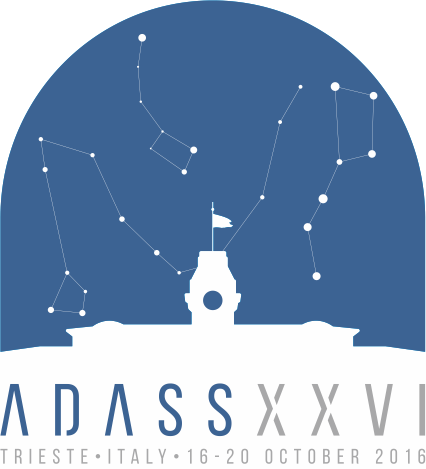Meingast Stefan
Contact

- Position:
- University of Vienna, Institute for Astrophysics, Vienna
- Address
- Austria
Miscellaneous Information
- Miscellaneous Information
-
Abstract Reference: 30332
Identifier: P1.18
Presentation: Poster presentation
Key Theme: 1 Reduction and Analysis Algorithms for Large Databases and Vice-versa
Vienna survey in Orion - VISTA data reduction techniquesAuthors:
Meingast StefanThe Visible and Infrared Survey Telescope for Astronomy (VISTA) operated by ESO at Cerro Paranal has been monitoring the southern sky in near-infrared and optical wavelengths for several years. Most of the available observing time is invested in large public surveys and only a minor fraction is awarded to normal programs. In a 30 hour long program we have observed 18 sq deg of sky toward the Orion star forming region, a prime laboratory for research into the origin of stars and clusters. In our analysis of the data we found several drawbacks in the dedicated ESO VISTA pipeline architecture, most notably leading to degraded resolution in the stacked output frames and inconsistent photometric results. To circumvent several of the identified key issues we have developed a stand-alone data reduction environment tailored to VISTA/VIRCAM but applicable to any other optical/near-infrared camera system currently in use in professional astronomy. For VISTA data our stacked output frames yield on average 20% better image quality (FWHM) than the standard pipeline, a critical improvement especially when studying dense environments such as stellar clusters or regions near the galactic center. This new pipeline, completely written in Python, has very few prerequisites and has been designed for user-friendly, (Python-typical) semi-automatic and interactive operations. The software suite was developed not only for better processing of the already existing data, but also for the upcoming new generation of public surveys with the VISTA telescope starting in late 2016.



